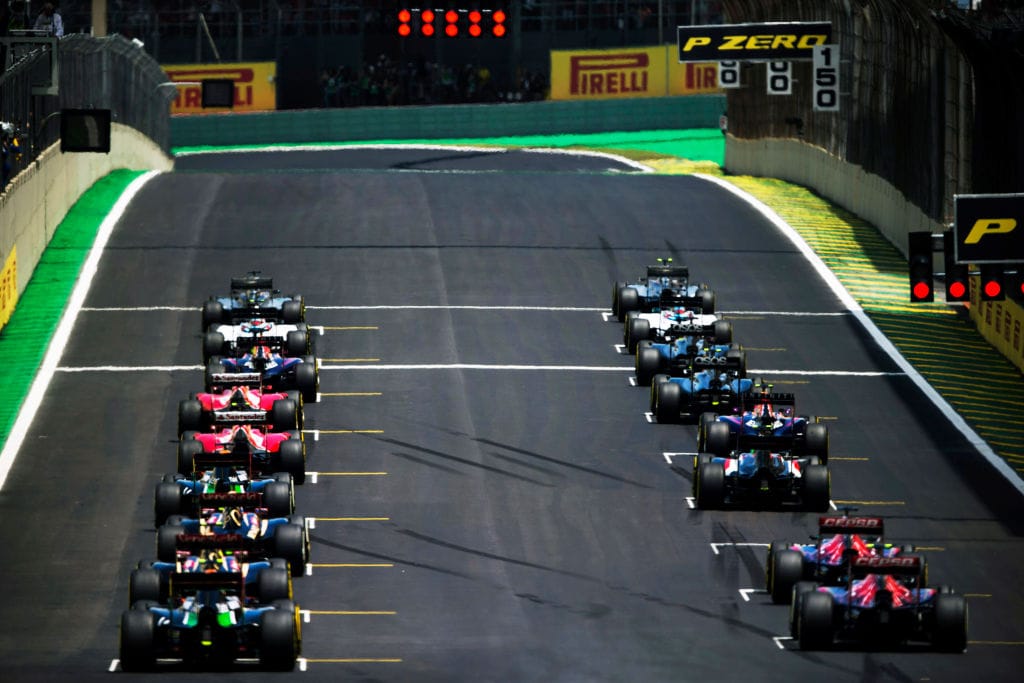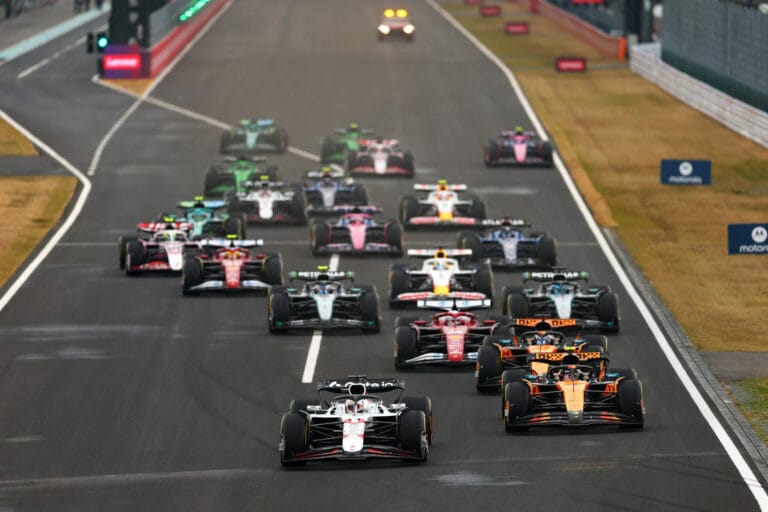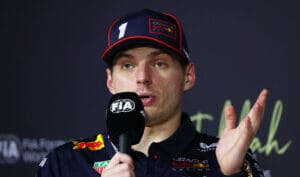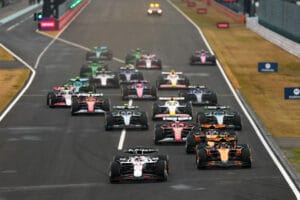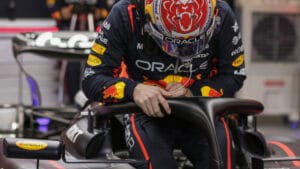Scenes like the one with Alexander Albon in São Paulo are something the FIA wants to avoid. An empty spot on the starting grid, when it’s already known that a driver won’t be starting — it looks messy and causes confusion among fans and teams. Therefore, from 2025, starting line-ups can be adjusted up to an hour before the race. It’s a significant change, but surprisingly, this rule is getting little attention. Why is it so quiet? And could the rule have surprising consequences? We take you through this overlooked rule that could potentially cause a stir. Ready, set, go?
What exactly is changing?
Until now, the starting grid was determined immediately after the qualification, usually a day before the race. If a team withdrew after that, the starting position remained empty, causing gaps and confusion. From 2025, the line-up can be adjusted up to one hour before the race. Cars will then move forward to fill empty spots, resulting in a tighter and more organized grid. It seems like a minor adjustment, but in specific cases, it can have significant consequences.
Why no one is talking about it
Despite the potential of this rule, there seems to be little discussion about it. Why? Fans and media seem more captivated by more spectacular rule changes, such as the abolition of the point for the fastest lap. That also has a more direct impact on the points and thus the standings. Additionally, an empty spot on the grid is often not seen as a big problem, as it only occurs occasionally. And that’s what makes this new rule so interesting. Because what if that one exceptional time causes a surprise? We’ll show you how that can happen.
The Crucial Impact of This Change
To understand how this rule can influence the race, let’s compare the old situation with the changes that will take effect from 2025.
Old Situation:
When a driver withdraws, the grid spot remains empty. This happened, for example, in São Paulo 2024, when Alexander Albon couldn’t start due to a crash during the qualifiers. His spot remained vacant, creating a gap in the starting lineup. Cars behind him had slightly more room to gain speed, but still had to fight their way through the traffic. Ultimately, the field often reverts to the expected hierarchy in the opening rounds: top teams climb forward, while midfield teams linger.
New Situation:
In the new situation, everyone behind the withdrawn car moves up a spot. Suppose Albon’s grid position in São Paulo was filled by a team like Haas or Alfa Romeo. This team would then have started in a much better position, for instance, from P6 instead of P7 or P8. A higher starting position means direct access to points, especially on circuits where overtaking is difficult, like Monaco. Moreover, midfield teams can benefit from a better starting position by tactically engaging in the first turns, where many positions are won or lost.
Conclusion
A midfield team suddenly starting in pole position? Or an unexpected challenger in the top 5? The rule change could have significant and exciting consequences. Consider scenarios where a favorite like Max Verstappen or Charles Leclerc drops out just before the race due to technical issues. With the new rule, everyone moves forward, making the race more unpredictable. The beauty is that this only needs to happen once in the season to have major implications. The question then is how teams and drivers will adapt to this new dynamic. Perhaps it’s time we start talking about it.


